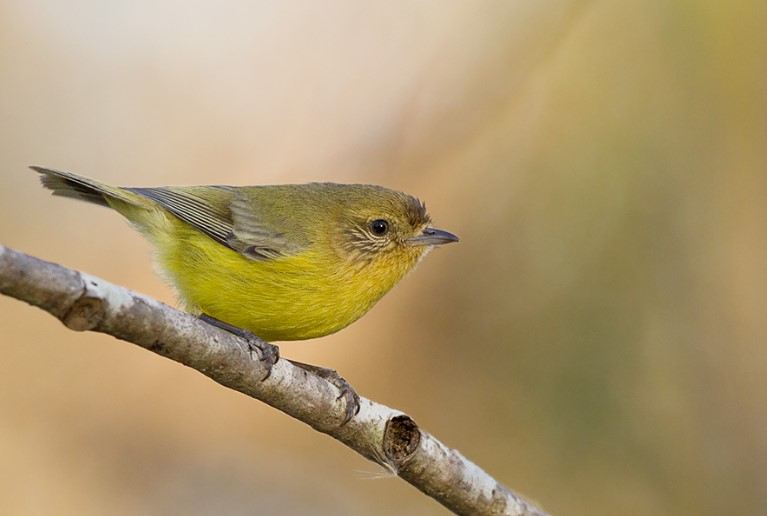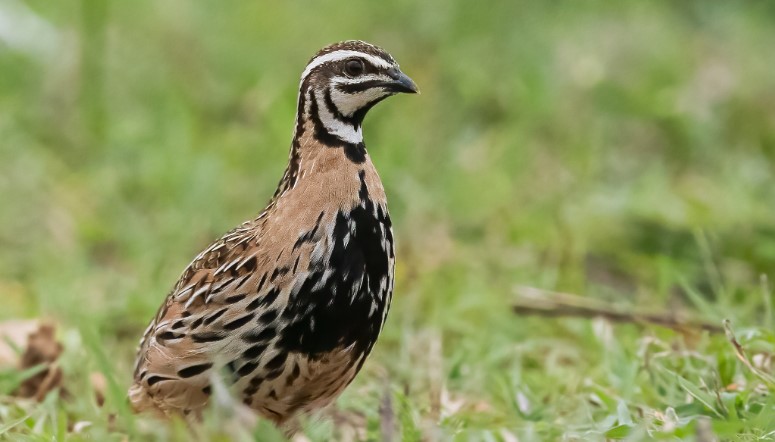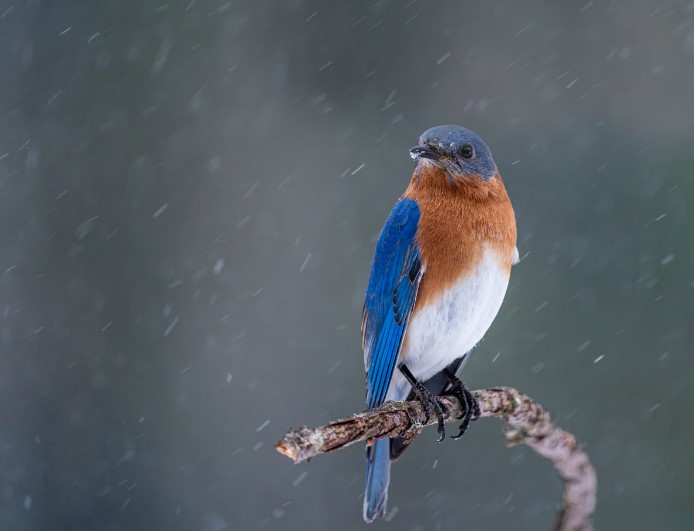Description
The great potoo (Nyctibius grandis) is a shy and solitary creature that perches upright during the daytime on a tree stump. It is overlooked due to it resembles part of the stump; camouflage not just by its coloration but a camouflage by the setting.
This bird can be found at night by the reflection of its eyes light as it sits vertically on a post, roost, or angled-tree trunk. Great potoos are vulnerable to weasels, howlers, falcons, spider monkeys, and capuchin monkeys. They can be also killed as adults or rushed as eggs. You can visit Petsnurturing to explore more birds.
Great potoo is by far the largest and palest potoo, with by far the largest head. By day it rests motionless on branches in the canopy, often in trees whose whitish bark more or less matches their coloration; sometimes the same branch is used over and over. At night great potoo perches on exposed branches or stubs, usually high sallying out after large insects such as moths and even other birds with their huge mouths.
Great Potoo Size
Great Potoo is about 48-51 cm|19-20” Uncommon and local in canopy and borders of humid to semi-humid forest habitats, and woodland in lowlands of E Bahia, Espírito Santo, E Minas Gerais, and Rio de Janeiro. A great potoo bird has a big head, broadbills with a slight hook on the end; big eyes, long wings, and a long tail.
Great Potoo Habitat
The potoo can be found mostly in the dense lowland forest, forest edges, and clearings. Great Potoo can also be found in local semi-deciduous forests and woodland of W São Paulo about 500 meters below. Great Potoo is very large, with a strikingly big head imparting a unique silhouette. Iris’s brown and huge eyes are vibrant orange-red, visible from tremendous distances.
It looks very pale and pale grayish above; whitish below, irregularly mottled and vermiculated dusky, with a cluster of black spots on the mid breast. Some potoo birds, thought to be s, are more brownish but still quite pale. However, immature great potoo birds have more extensive dusky barring, so also look slightly darker.
Great Potoo Bird Call
Far-carrying calls an explosive, guttural “bwawrrr” or “bwawrrru,” sometimes just an abrupt “bawr-bü.” Great Potoo is famous for its unique moaning growl vocalizes throughout the night, creating an upsetting ambiance in the Neotropics with its nocturnal sounds. The great potoo bird is hawking when prey is spotted and returns back to the previous perch.
Is Potoo an Owl?
Many people believe the great potoo is an owl; however, it is a passerine bird of the potoo species. Much like an owl, this bird is nocturnal and preys on small vertebrates, and large insects, which they capture in sallies from high perches. It is one of the largest members of the order Caprimulgiformes.
Distribution
The great potoo bird is one of 7 species of Nyctibius genus, mainly found in tropical America. (Colombia, Brazil, Argentina, Honduras, French Guiana, Costa Rica, Mexico, Peru, Ecuador, Bolivia, Venezuela, Guatemala, and Panama and also occur on three West Indies islands; Jamaica, Hispaniola, and Tobago.
Threats
Most of the local rural areas of Brazilian people eat Potoo as a minor food source, although potoo does not provide sufficient eat and is hard to locate. They strongly believe their feathers are providing powers of chastity and are hunted down to their body parts, used in different ceremonies, and their part of body ward off seduction.
Urutau Bird
Potoos (urutau birds) are mostly active at night times and are well adapted to being nocturnal and sleeping during the day. Moreover, the other members of the potoo family are also very noisy at night times.
Ghost Birds
Potoos are also known as ghost birds and have great importance in our ecosystem. It is also called a monkey-faced owl. Read More – Wood Thrush Call







